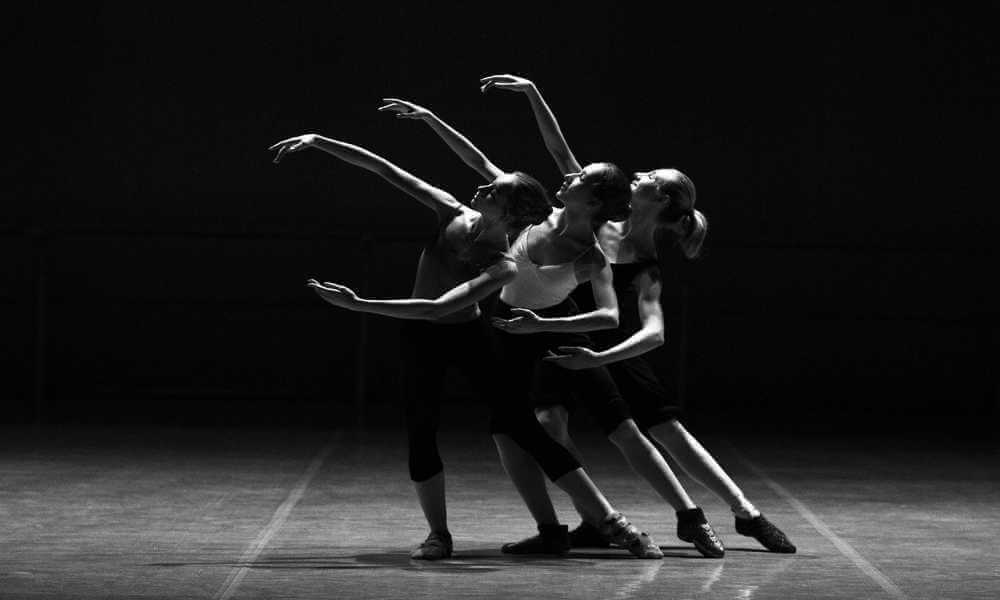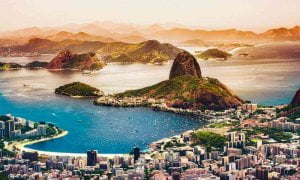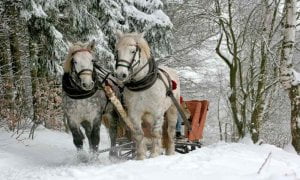Indian Theatre: Theater is a community oriented type of artistic work that utilizations live entertainers, normally on-screen characters or performing artists, to show the experience of a genuine or envisioned occasion before a live gathering of people in a particular place, frequently a phase. The entertainers may convey this experience to the crowd through blends of motion, discourse, tune, music, and move.

Components of craftsmanship, for example, painted landscape and stagecraft, for example, lighting are utilized to upgrade the physicality, nearness and promptness of the experience. The particular place of the execution is additionally named by “theater” as gotten from the Ancient Greek (théatron, “a place for survey”), itself from (theáomai, “to see”, “to watch”, “to watch”).
Current Western theater comes, in substantial measure, from old Greek show, from which it acquires specialized phrasing, grouping into classifications, and a large portion of its subjects, stock characters, and plot components. Theater craftsman Patrice Pavis characterizes drama, showy dialect, organize composing, and the specificity of theater as synonymous expressions that separate theater from the other performing expressions, writing, and human expressions as a rule.
Present Day Theater, extensively characterized, incorporates exhibitions of plays and melodic theater. There are associations amongst theater and the fine arts of expressive dance, musical drama (which utilizes organized, costumed exhibitions with singing and instrumental backup) and different structures.
In present day times the dramatization convention risen in another frame. New theater auditoria appeared. The introduction with the west acquired the impact of the Greek custom and the advanced western theater convention. Present day Indian theater has profited from both, the well-known society convention and the western show custom.
At the same time the cutting edge play wrights have additionally made new tests. Information about these angles would empower you to put in context the improvement of India theatre. Such information is urgent to those included in the field to tourism, as they would have the capacity to application discuss the specificities of India theatre in the general setting of Indian culture.
It’s hard to decide the start of theater and play in India. A few specialists feel that it is nonAryan culture which has contributed fundamentally to the improvement of India plays. Thought it is hard to recognize the correct way of this commitment, yet a created Sanskrit dramatization convention more likely than not been gone before by a society custom of plays.
At the end of the day, the Sanskrit convention presupposes the presence of a society custom before that. Yet, it is troublesome for us to unravel and recognize this society custom. We can just extrapolate it from the accessible Sanskrit plays, writing identified with dramatization and the current society convention. Let us, in this way, observe the sanskrit and society custom of Indian theater.

A. Sanskrit Theatre
Fix Veda is the most established accessible content in sanskrit. It makes a reference to different artistic expressions which incorporate music, move, and verse and so on, yet darma has not been incorporate into these works of art. All things considered, MaantraSahitya in the Rig Veda contains SanlapSuktas( sentimental verses ) which allude to sensational writing in its unique shape. Urvashi and Pururava sentiment in Rig Veda is noteworthy in to such an extent as it has been created in various later sanskrit writings. Acclaimed sanskritpoet Kalidasa had construct his epic play Vikramorvashiyam with respect to thurvashi and Pururava story. Yajur Veda makes a reference to the term Abhineta (performing artist).
India’s epic Natyashastra, composed between the third and the fifth hundreds of years A.D., concentrates on two topics – rasa and the methods for communicating rasa. Rasa alludes to that inclination which is communicated through the play. Natyashastra discusses four methods for communicating emotions:
- Gesture (Angik): acting by the development of the diverse parts of the body.
- Oral (Vachik): acting through exchanges.
- Spiritual (Satwik): expressions through motions.
- Properties (Aharaya): the material required for the play like hues, dresses and adornment and so on. All these are said particularly in reference to the subject of the play. Bharat has additionally depicted methods for dealing with the phase in his Natyashastra. Move and music have been viewed as the basic fixings in the play. There is additionally a reference to the alluring qualities found in the performing artist (abhineta).
B. Folk Theatre
Numerous researchers trust that a people theater existed in Ancient India alongside a rich established sanskrit theater. With the progression of time the sanskrit convention blurred however the people custom proceeded with unrestricted. Upwards of 20 distinct structures still exist and prosper in various parts of India. These incorporate Ramlila and Raslila in North India, Jatra in Bengal, Akiya Nat, Kirtania and Bidesia in Bihar and Assam, Khyal and
Kathputli in rajasthan, Tamasha in Maharashtra, Swang and Nautanki in punjab, Bhandjashan in kashmir, Kariala in Himachal Pradesh, Bhawai in Gujarat, Manch in Madhya Pradesh, Kudiattam and Chabitta in kerala, Bhagwatmel in Tamilnandu, Yakshagan in Karanataka and Kuchipudi in Andhra pradesh.
The types of society plays are said to have begun from sangitaka alluded to in the old sanskrit plays. Sangitaka contains five components melody, melodic instruments, move, assembly room and the Nat-Nati (compere or the narrating couple). These components were shared by both the traditional and the people play in spite of the fact that the way of the hall fluctuated. A portion of the society plays did not require the phase by any means. For example Raslila could be performed on the phase and also on the floor amidst the groups of onlookers.
Type of folk theatre
i. Drama
Show is the particular method of fiction spoken to in execution. The term originates from a Greek word signifying “activity”, which is gotten from the verb “to do” or “to act”. The sanctioning of show in theater, performed by on-screen characters on a phase before a group of people, presupposes community oriented methods of generation and an aggregate type of gathering. The structure of emotional writings, not at all like different types of writing, is straightforwardly affected by this synergistic generation and aggregate gathering. The early present day disaster Hamlet (1601) by Shakespeare and the established Athenian catastrophe Oedipus Rex (c. 429 BCE) by Sophocles are among the perfect works of art of the craft of dramatization. A current case is Long Day’s Journey into Night by Eugene O’Neill (1956).
ii. Musical theatre
Music and theater have had a cozy relationship since old circumstances—Athenian catastrophe, for instance, was a type of move dramatization that utilized an ensemble whose parts were sung (to the backup of an aulos—an instrument equivalent to the advanced clarinet), similar to a portion of the performers’ reactions and their ‘performance tunes’ monodies). Present day melodic theater is a type of theater that additionally joins music, talked exchange, and move. It risen up out of comic musical drama (particularly Gilbert and Sullivan), assortment, vaudeville, and music lobby sorts of the late nineteenth and mid twentieth century.

iii. Comedy
Theater preparations that utilization funniness as a vehicle to recount a story qualify as comedies. This may incorporate a cutting edge sham, for example, Boeing or an established play, for example, As You like It. Theater communicating somber, questionable or forbidden topic in an intentionally diverting manner is alluded to as dark parody. Dark Comedy can have a few classes like droll diversion, dim and snide parody.
iv. Disaster
Disaster alludes to a particular custom of dramatization that has played an extraordinary and critical part generally in the self-meaning of Western progress. That custom has been different and intermittent, yet the term has frequently been utilized to summon a capable impact of social character and chronicled congruity—”the Greeks and the Elizabethans, in one social frame; Hellenes and Christians, in a typical movement,” as Raymond Williams puts it.
From its dark starting points in the theaters of Athens 2,500 years back, from which there survives just a small amount of the work of Aeschylus, Sophocles and Euripides, through its solitary explanations in progress of Shakespeare, Lope de Vega, Racine, and Schiller, to the later naturalistic catastrophe of Strindberg, Beckett’s pioneer reflections on death, misfortune and enduring, and Müller’s postmodernist adjusting of the appalling ordinance, disaster has remained an essential site of social experimentation, arrangement, battle, and change. In the wake of Aristotle’s Poetics (335 BCE), disaster has been utilized to make classification refinements, regardless of whether at the size of verse when all is said in done (where the deplorable partitions against epic and verse) or at the size of the show (where catastrophe is against drama).
In the present day time, catastrophe has additionally been characterized against show, drama, the tragicomic and epic theater.
v. Improvisation
Act of spontaneity has been a steady component of theater, with the Commedia dell’arte in the sixteenth century being perceived as the main impromptu creation shape. Promoted by Nobel Prize Winner Dario For and troupes, for example, the Upright Citizens Brigade improvisational theater keeps on developing with a wide range of streams and methods of insight.
Keith Johnstone and Viola Spolin are perceived as the primary educators of ad lib in current circumstances, with Johnstone investigating spontaneous creation as a contrasting option to scripted theater and Spolin and her successors investigating act of spontaneity essentially as an apparatus for creating emotional work or aptitudes or as a shape for situational comic drama.
Spolin likewise wound up noticeably inspired by how the way toward learning spontaneous creation was material to the advancement of human potential. Spolin’s child, Paul Sills promoted improvisational theater as a showy work of art when he established. asit’s first executive, the Second City in Chicago.




